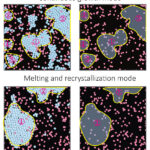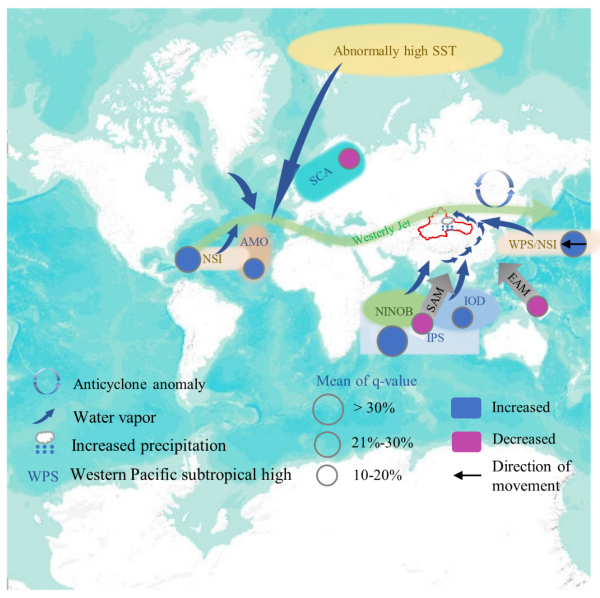2025-04-16 愛媛大学
<関連情報>
- https://www.ehime-u.ac.jp/data_relese/pr_20250416_grc/
- https://www.ehime-u.ac.jp/wp-content/uploads/2025/04/pr_20250416_grc2.pdf
- https://www.sciencedirect.com/science/article/pii/S0012821X25000901
深部コア-マントル分化によって確立されたケイ酸塩地球の窒素-炭素-アルゴンの特徴 Nitrogen-carbon-argon features of the silicate Earth established by deep core-mantle differentiation
Shengxuan Huang, Taku Tsuchiya
Earth and Planetary Science Letters Available online: 6 March 2025
DOI:https://doi.org/10.1016/j.epsl.2025.119291

Highlights
- DN is calculated to 135 GPa and 5000 K by ab initio thermodynamic integration MD.
- Pressure has a positive and nonlinear effect on DN.
- Structural change in molten silicate results in a nonlinear increase in DN with P.
- Deep core-mantle differentiation explains BSE’s super-chondritic C/N and 36Ar/N.
Abstract
The processes and periods during which volatile elements were accreted to terrestrial planets provide crucial insights into their evolution and habitability. The bulk silicate Earth (BSE) is extremely depleted in nitrogen and features super-chondritic C/N and 36Ar/N ratios, but their origins are elusive. Here using ab initio molecular dynamics combined with the thermodynamic integration method, we demonstrate that nitrogen remains siderophile under high-pressure and high-temperature, and predict a positive but nonlinear effect of pressure on nitrogen partitioning, which is caused by structural modifications in molten silicate. The nitrogen-carbon-argon characteristics of the BSE could have been established by deep core-mantle differentiation accompanied by simultaneous degassing from the surface of a deep magma ocean. These results underline the significant role of the deep core-mantle differentiation in shaping volatile ratios of the BSE and suggest that a substantial proportion of the Earth’s nitrogen-carbon-argon may have been delivered to the proto-Earth by carbonaceous chondrite-like materials during the late stage of the Earth’s main accretion. The Earth’s distinct volatile ratios from those of carbonaceous chondrites may indicate different accretion times of the Earth’s volatiles instead of different volatile sources.



